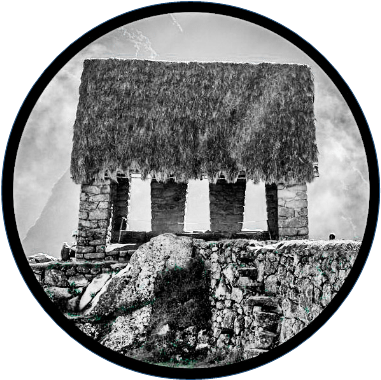Three areas make up the Manu National Park: the “intangible zone,” which is only accessible to scientists and researchers; the “reserved zone” (tourism), which is more accessible to the general public and includes the small settlements where the native Amazonian population resides and many species of animals and plants of the rainforest can be find.
Features: Jungle tours – Dialy departures – 10 people max.
Inclusions:
- All-included
- Lodge
- Transfers
- Meals
From $2528
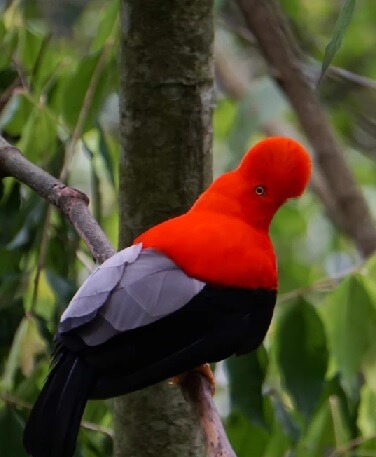
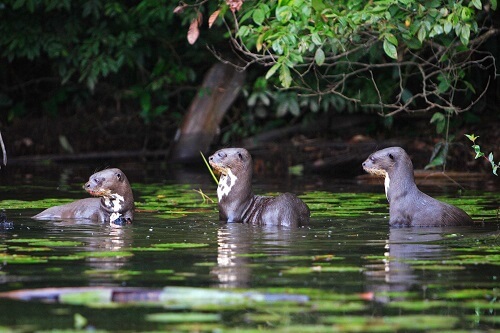
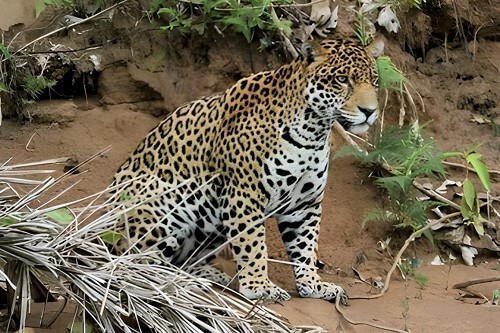
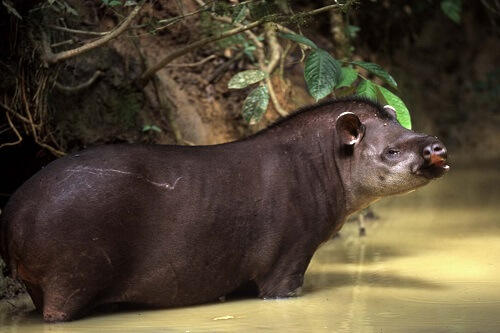
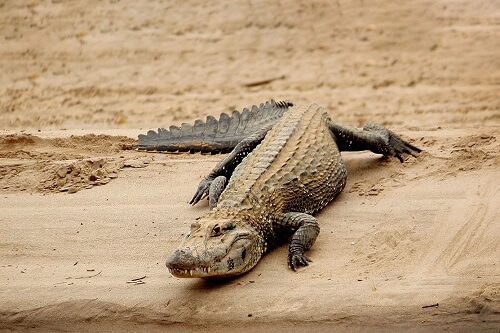
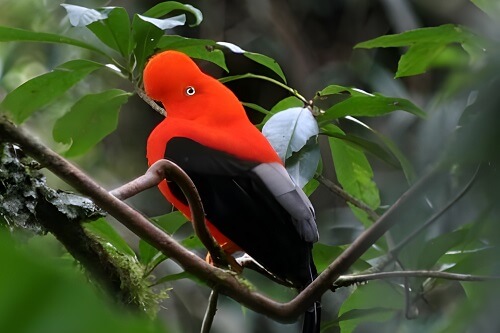
Itinerary
Day 1: Cusco to Cock of the Rock Lodge
Our overland journey begins at 3,400m/11,150 ft, with an early departure from the highland city of Cusco. Today’s destination is the lush cloud forest region where the Andes fall away to the Amazon basin. This is a day of scenic drama and striking contrasts. We first visit a mountain wetland habitat teeming with migrant and local waterfowl, before crossing two mountain ranges between the Cusco valley and the Paucartambo valley, to a maximum altitude of 3,900m/12,790ft. Finally, we follow a sinuous ribbon of highway on its plunge through an extraordinary world of forested cliffs, waterfalls and gorges. We take leisurely stops to see mountain villages, a hilltop necropolis of chullpas (pre-Inca burial chambers), and the abrupt ridge top of Ajanaco, which marks the final high point where the Andes begin their swoop into the Amazon basin. In clear weather, we will see a breathtaking panorama of cloud forest and mountain giving way to the lowland rainforest plains far below us.
After a lunch near here we descend through the startling and rapid environmental transformations characteristic of the tropical Andes, passing from grassland and stunted trees through elfin forest, until we wind through a lush and magical world of overhanging trees, giant ferns, monster begonias, countless orchids and bromeliads, and a diverse and teeming birdlife.
We make frequent spontaneous stops, perhaps spotting a brilliantly feathered quetzal, a trogon, or the wild turkey-like Guan. We reach the comfortable Cock-of-the-Rock Lodge in the late afternoon, the best hour to visit the nearby viewing platform for the display ground, or “lek”; we have a chance to see Peru’s dazzling national bird, the Cock-of-the-Rock (Rupicola peruvianus).
Meals: Box lunch and dinner


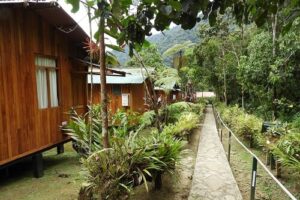
Day 2: Cock-of-the-rock Lodge to Manu National Park
Rising early, we could scout for birds, and perhaps Brown Capuchin or Woolly monkeys along the nearby road. On the other hand, we can take a secluded nature walk on a short trail loop to the river and back. After breakfast, we continue our drive, as mountains give way to low rolling hills and farmland. At Patria, we visit a plantation of coca grown legitimately for the Peruvian coca leaf market. At midday, we reach Atalaya, a tiny port where the Piñipiñi River meets the Alto Madre de Dios. Now the lowland rainforest part of our journey begins. Rivers are the highways of the rainforest, and henceforth we will travel in large, comfortable dugout canoes shaded by canopy roofs and driven by powerful outboard motors.
As we follow the river’s broad, rushing course past the last foothills of the Andes, our ever-changing route offers sightings of new birds -- terns, cormorants, White-winged Swallows, and flocks of nighthawks flushed from their daytime lairs by the sound of our engine. Splashes of brilliant yellow, pink and red foliage dot the forest-clad slopes around us, and the breeze is laden with the heady perfumes of the tropical forest.
We turn northward up the chocolate-brown waters of the Manu River into the lake-rich lower Manu National Park. The pristine quality of the forest is instantly apparent, with abundant birdlife and no signs of outside development. We check into the park at Limonal ranger station and then proceed upstream to our overnight at Romero Lodge; a new array of forest sounds awaits our ears. As nightfalls the whistling call-and-response of tinamous gives way to the loud shrill of cicadas.
Meals: Breakfast, box lunch and dinner
Day 3: Romero Lodge to Manu Park Wildlife Center
In the morning, we continue our trip to the Manu Tented Camp, as our boat driver steers skillfully through shallows and driftwood snags. Orinoco Geese and Horned Screamers strut on the beaches, Capped and White- necked Herons patrol the shoreline, and countless sunbathing turtles dive off their log perches as we approach. After some four hours on the river we reach the Manu Park Wildlife Center, a simple but comfortable low-impact lodge nestled almost invisibly in the forest.
Time permitting, we will take a short walk before dinner to stretch our legs and enjoy our first encounter with virgin rainforest.
Meals: Breakfast, box lunch and dinner
Day 4: Manu Park Wildlife Center (EX Manu Tented Camp)
Cocha Salvador & Cocha Otorongo. Today we visit two lakes near our Manu Park Wildlife Center. Park authorities determine the time of our visit to Cocha (Lake) Salvador; depending on this schedule, we will visit Cocha Otorongo earlier or later in the day.
Our trail to Cocha Otorongo begins some 30 minutes downstream from the Manu Park Wildlife Center. This brief river journey to the trailhead can always offer the chance of a thrilling wildlife sighting. Perhaps we will spot a family of Capybaras, the world’s largest rodent, browsing on the riverbank, or if we are very lucky, a solitary Jaguar might stalk slowly off an open beach into the forest, flicking its tail in annoyance at our intrusion.
On the short trail to the lake, we may spy one or more of the park’s 13 monkey species leaping through the canopy high above. Moreover, some of the trees, which form that canopy -- such as kapok, ironwood and figs, will astound us with the vast size of their trunks and buttressed root systems.
These are oxbow lakes, formed when the river changed course, leaving a landlocked channel behind. The lakes are abundant in fish and wildlife, and provide optimum habitat for caimans and the Giant Otter (Pteronura brasiliensis); one of the Amazon has most endangered mammal species.
This lake enjoys maximum protection, and boats are not allowed. However, it features a dock platform and a 50ft tower from which to scan the trees and marshy shoreline for monkeys, kingfishers, Anhinga (a large, long-necked water bird), and countless other species. We have a good chance of sighting the resident Giant Otter family as they dive for the 4Kg. of fish that each individual consumes daily.
Cocha Salvador is the largest of the area’s lakes, at 3.5 Km, or some two miles long. It is also home to a family of Giant Otters. We cruise the lake on a floating catamaran platform, which offers superb new perspectives of lake and forest. The lakeside trees are often alive with monkeys; Scarlet, Chesnut-fronted and Blue-and-gold macaws beat a path overhead; a variety of herons and egrets scout the water’s edge; and the reptilian eyes and snouts of caimans, motionless as logs, may be spied beneath the branches. Somewhere on the open water or in among toppled bankside trees, we may spot the sleek heads of the shy Giant Otters. These social animals play and fish together, and we may see them sprawled on a fallen tree trunk, dozing or gnawing on a fish.
Meals: Breakfast, lunch and dinner
Day 5: Manu Park Wildlife Center to Manu Wildlife Center
We set off downriver at dawn. At this hour, chances of wildlife encounters are excellent. We return to the Limonal park station, to file our wildlife report before leaving the park. After reaching the turbulent union of the Alto Madre de Dios and Manu Rivers, we will be near the village of Boca Manu. After ninety more minutes downstream we arrive at Manu Wildlife Center -- the exciting final stop of our journey -- in time for lunch.
After an early afternoon rest, we set off along the “collpa trail”, which will take us to the lodge’s famous Tapir Clay Lick. Here at the most active tapir lick known in the entire Amazon, our research has identified from 8-12 individual 600-pound Tapirs who come to this lick to eat clay from under the tree roots around the edge. This unlikely snack absorbs and neutralizes toxins in the vegetarian diet of the Tapir, the largest land animal of Latin America. The lick features a roomy, elevated observation platform 5m/17ft above the forest floor. The platform is equipped with freshly made up mattresses with pillows. Each mattress is covered by a roomy mosquito net. The 10-m-long, elevated walkway to the platform is covered with sound-absorbing padding to prevent our footsteps from making noise. This Tapir Experience is unique and exciting because these normally very shy creatures are visible up close, and flash photography is not just permitted, but encouraged.
The hard part for modern city dwellers is to remain still and silent anywhere from 30 minutes to two or more hours. Many prefer to nap until the first Tapir arrives, at which point your guide gently awakens you to watch the Tapir 10-20m/33-66ft) away below the platform. Most people feel that the wait is well worth it in order to have such a high probability of observing the rare and elusive Tapir in its rainforest home.
Meals: Breakfast, lunch and dinner
Day 6: Manu Wildlife Center:
Another early start (inevitable on wildlife expeditions), after a delicious breakfast, we walk through the forest for some minutes, where we find the Macaw Lick project. The hide provided with individual chairs and a convenient place for cameras and binoculars to a distance of 15 meters. In groups of two and three, the scarlet Macaws come flapping in, landing in the treetops as they eye the main stage below. After this, we continue walking and exploring on the network of trails surrounding the lodge then we return to the lodge for lunch.
Later, we continue to explore and discover the rainforest, its lore and plant life, on the network of trails surrounding the lodge, arriving in the late afternoon at our 34m/112ft Canopy Tower. On its platform, we witness the frantic rush-hour activity of twilight in the rainforest canopy, before night closes in. This evening, from the late afternoon until after Dinner, we offer an opportunity to search for caiman and other nocturnal life along the riverbank by boat, if the level of river allows it.
Meals: Breakfast, lunch and dinner
Day 7: Manu Wildlife Center to Cusco or Lima
We leave our lodge very early on the two-hour and a half-return boat trip downstream to the Colorado Village. Depending upon the time, we must be in Puerto Maldonado. The breakfast will be served at the lodge or on the boat; of course this is a perfect time to take advantage of valuable early morning wildlife activity along the river, in additions this journey allows us to see several lowland native settlements and gold miners digging and panning gold along the banks of the Madre de Dios River. We will stop in the far-west type gold-mining town of Colorado to start our overland journey to Puerto Carlos for 45 minutes. Then you will cross the Inambari River for 10 minutes’ boat trip to Santa Rosa, finally a van or bus will drive us in approximately two-hours and a half to the airport in Puerto Maldonado City, here you fly by a commercial airplane to Cusco or Lima, with this assistance, your jungle adventure ends...
Meals: Breakfast
Important notes:
Please note that the program may vary slightly to maximize your wildlife sightings, depending on the reports of our researchers and experienced naturalist guides based at the lodge.We strongly recommend read your PRE-DEPARTURE INFORMATION program.Included:
Prices:
Price per person:
Based on a double or twin accomodation: $2528Single supplement: $564Packing list
Booking terms
Highlights
- Manu National Park is a top hotspot for biodiversity, home to numerous iconic species, including jaguars, giant otters, tapirs, pumas, giant anteaters, macaws, toucans, monkeys, and countless reptiles, amphibians, and insects. It also harbors over 1,000 bird species, making it a paradise for birdwatching enthusiasts.
- Visit one of the most biodiverse areas on the planet, and explore one of the worlds unspolied rainforest left.
- Watch the Cock-of-the-rock Peruvain National bird, among other species like macaws, harpy eagle, toucans, and more.
- Cayman seach at night
- Places to visit:
A hilltop necropolis of chullpas (pre-Inca burial chambers), Cock of the Rock viewing platform or “lek”, Manu Wildlife Center trails, Salvador and Otorongo ox-box lakes, Tapir Clay-lick, Macaw Lick Proyect, 34m/112ft Canopy Tower. - Departures: Everyday at 5 am
- From: Your hotel in Cusco
- Ends: In Puerto Maldonado city. From there you can flight back to Cusco or Lima.
- Transport: Minibus or tourist van and boat with outboard motor.
About this tour:
We will take you through ecosystems found nowhere else on the planet in such close proximity, crossing a range of life zones from highlands to lowlands. We descend into layers of grassland and elfin forest, lush, ever-changing cloud forest, and lowland tropical valleys . We pass through the habitats of numerous bird species along the way. Then our river journey takes us through lowland rainforest to the Manu Park Wildlife Center, located in the heart of Manu.

Manu National Park:
Jaguars, giant otters, tapirs, pumas, giant anteaters, macaws, toucans, monkeys, and countless reptiles, amphibians, and insects can all be found in Manu National Park. The fauna records are over 1000 vertebrate species, including at least 200 mammals and over 800 bird species, 13 different primates, and eight felids, including the Jaguar, Puma, and the elusive and endangered Andean Mountain Cat.
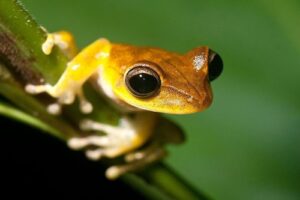
Manu National Park records:
Manu National Park in Peru holds several world records and notable distinctions due to its exceptional biodiversity and conservation value. These records and distinctions highlight the extraordinary ecological value and global significance of Manu National Park as a sanctuary for diverse plant and animal life, making it a prime destination for nature enthusiasts, scientists, and conservationists from around the world. Here are a few records associated with Manu National Park:
- Manu National Park is recognized as a UNESCO World Heritage Site. It received this prestigious designation in 1987 for its outstanding universal value in terms of natural diversity and the presence of intact ecosystems.
- Manu National Park is considered one of the most biodiverse areas in the world. It is estimated to contain around 15,000 plant species, over 1,000 bird species (more than the entire continent of North America), 200 mammal species, and an astonishing variety of reptiles, amphibians, and insects.
- Manu National Park provides refuge to several endangered and vulnerable species. It is one of the last strongholds for the giant otter, the giant anteater, and the jaguar, which is the largest feline in the Americas.
- Birdwatching Paradise: It is estimated that the park is home to over 1,000 bird species, which is more than 10% of the world’s bird species.
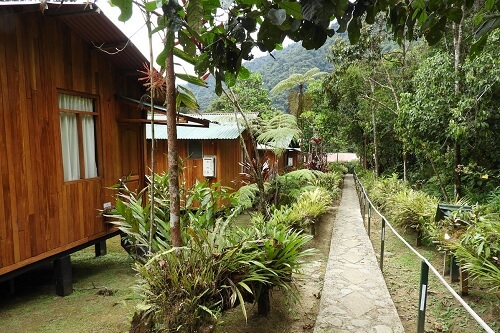
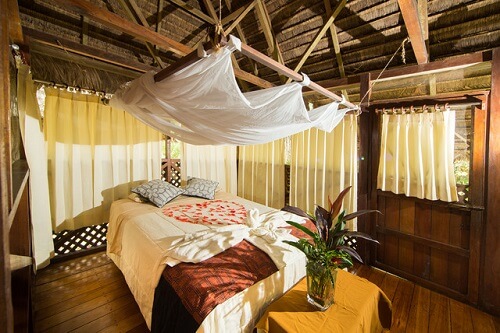

Customer reviews

Juan
01/03/2023
Amazing, we love it so much, highly recommended guys.. our guide has good english and he is very knowledable

Jason
01/03/2023
It was fun, we learned a lot, especially in Sacsayhuaman, omg, I'm still having trouble to pronounce that word, I think it's sexywoman, haha..

Mia
02/03/2023
Our guide was amazing, very knowledgeable, and funny. Cusco's blue sky is just lovely, we also did the sacred valley tour and it's very similar however you ...

Laura
18/04/2023
Great experience. I loved the huge stones in Sacsayhuaman, and the mixed religions and tales the guide shared.
